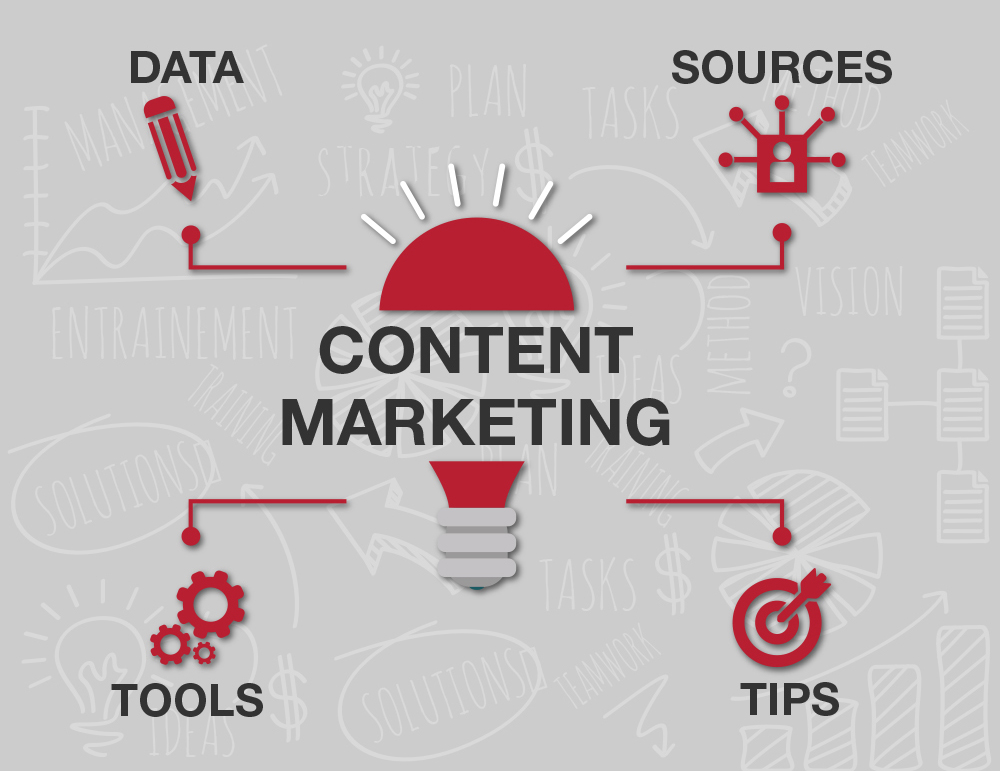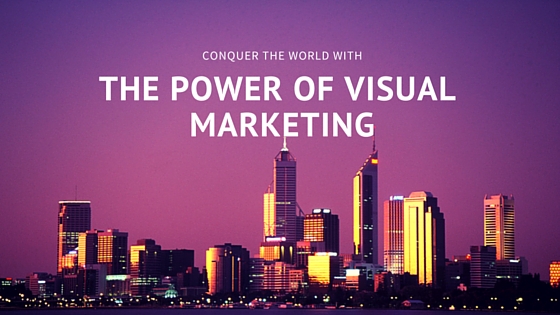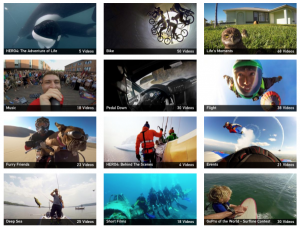Yes, it’s that time of the year again when we look back to the 300 or so days of strategic planning, fierce implementation and thorough data analysis and see just how good we’ve been at playing the SEO game by the book. 2015 has been a challenging year, to say the least: Google has made it clear that it rewards those who adapt their web presence to smartphones and tablets while it penalizes those who fail to do so, its local rankings got a facelift and its search algorithm was updated with the quality factor. In addition to this, the overall user behaviour changed, with more than half of search engine queries being performed on mobile devices. We already know how all these things affected our marketing and sales efforts from strategy to conversion – some of us adapted fairly quickly, with good results, while others struggled to keep up with the rapidly evolving shifts and trends of this wonderful digital universe.
This being said, there’s one question left: what will 2016 bring in terms of SEO trends?
Mobile Now, Mobile Tomorrow
Remember that time when you were brainstorming together with the team from the web design agency in order to create the best website ever? Now take this memory and transform it into a vision: a vision of you and that team brainstorming again, this time for the best mobile version of your site, meant to give your visitors/customers the best possible user experience in terms of speed, layout, information and processes (such as checkout, support, contact etc.). And if you’re willing to take things further, why not consider an app, too? With Google currently experimenting indexing and ranking app-only content (Android only), this might be a good opportunity to expand the way you connect with your customers.
Content Stays King, Changes Clothes
Content is, undoubtedly, one of the best manners of approaching SEO in a long term strategy. Why? Because it’s valuable: valuable for the reader, valuable for the creator, and valuable for search engines. However, standards are changing. If up until last year and this year, written content was the most common way of delivering information, the shift towards other forms of content such as video is already happening, largely due to the rise in popularity of social networks such as Snapchat and Vine. Even more so, content that is evergreen (tutorials, guides, editorials) and interactive (quizzes, games) will be getting more and more traction among users. 2016, time to get creative!
You Speak, Google Listens
With features such as Apple’s Siri, Windows’ Cortana and Google Now becoming increasingly popular, a new type of search language is emerging: think long-tail keyword queries with a conversational tone. Consequently, Google’s Hummingbird algorithm is being continuously adapted to focus on the meaning of an entire search query rather than on just a few particular words. Therefore, companies who will adjust their communication and translate their corporate messages into friendlier, more appealing terms, will see an increase in traffic and user engagement.
Social Media Gets Indexed
If you’ve noticed tweets or facebook statuses being featured among search engine results, it’s because social media giants and Google have partnered in providing answers to search queries in a way that questions the borders between web and social media. Tweets and status updates will soon have their own value in terms of SEO, giving businesses a whole new playground for their optimization strategy.
Smart Keywords, Rich SERPs
Search engines, and particularly Google, have come a long way since their inception, evolving from a query-based approach to a user-centric one. While keywords themselves and the way they are interpreted by algorithms are becoming more complex, allowing publishers a bigger flexibility in their SEO approach, Google’s search pages are also changing: the information is now being structured and displayed using a variety of SERP elements such as paid ads – written and video, rich snippets, knowledge graphs, carousel results etc. At the first glance, all these elements can be seen as a threat to organic search results but companies and publishers can use them as opportunities to increase their traffic by creating content suitable for these formats.
Hype or no hype, SEO has been shaping the digital universe continuously, greatly contributing to the success or the demise of countless businesses. Thus, the importance of having a future-oriented approach and a comprehensive SEO strategy cannot be stressed enough.
What are your plans for 2016, SEO-wise, and what do you think will have the greatest impact on achieving your goals?







